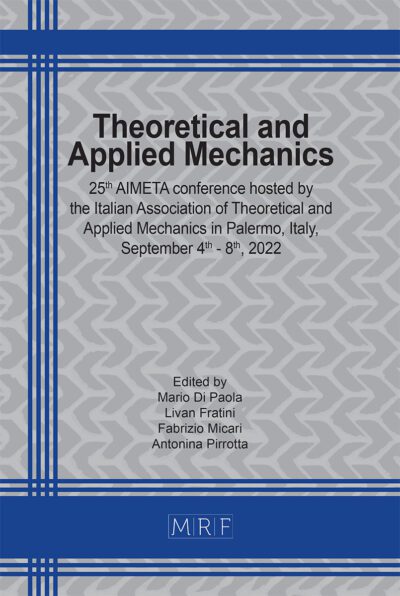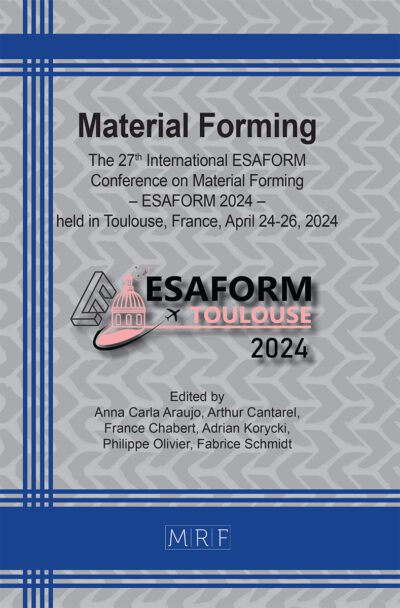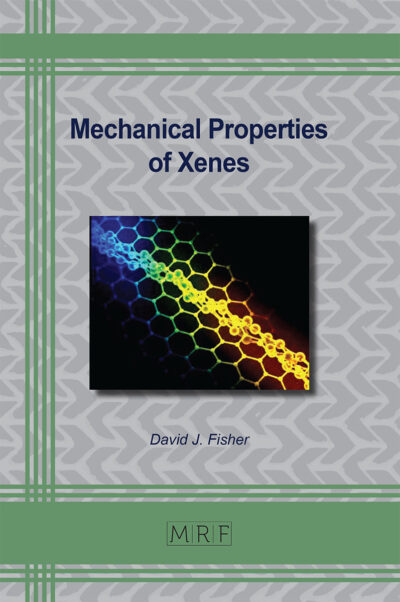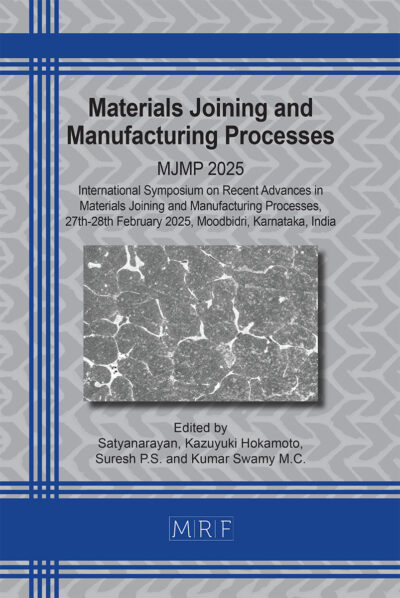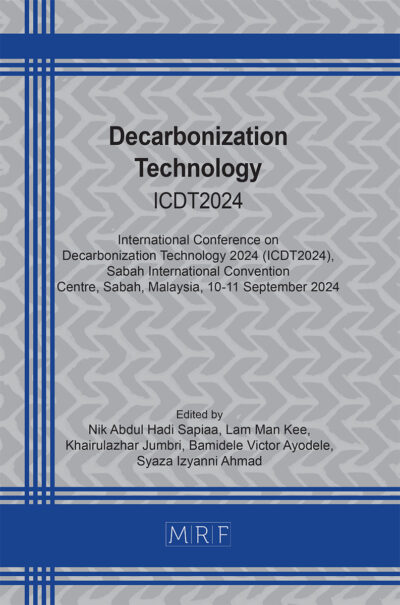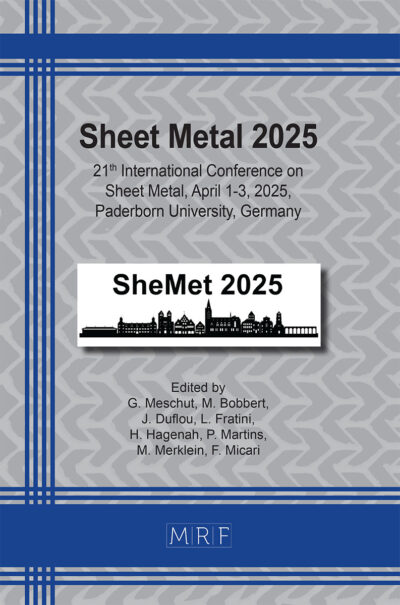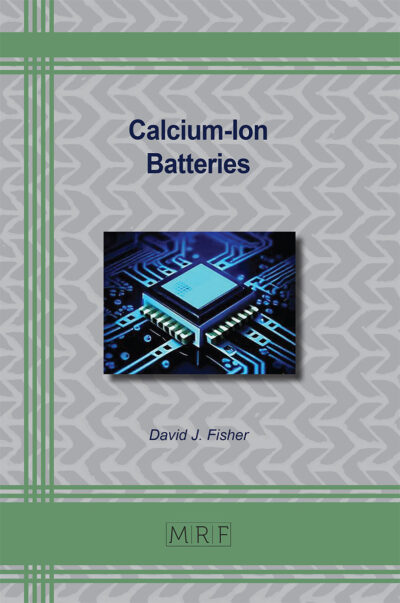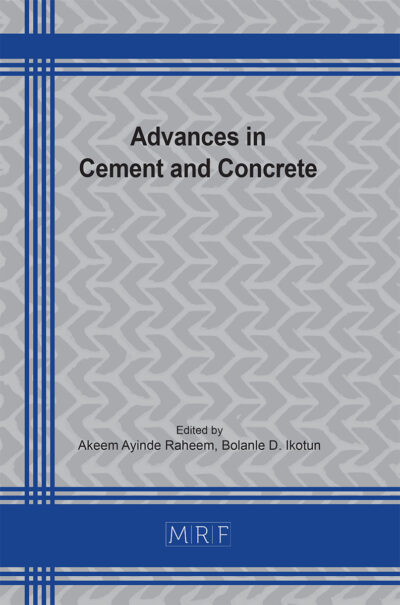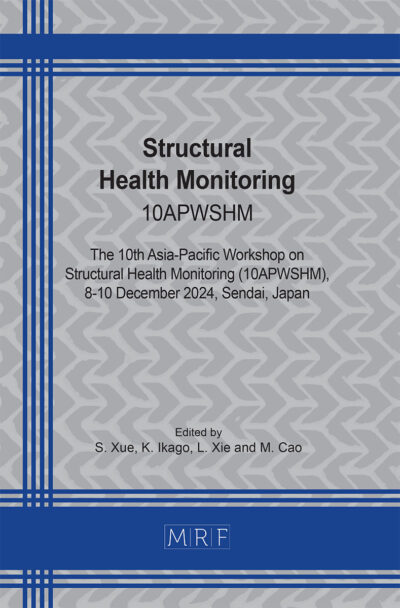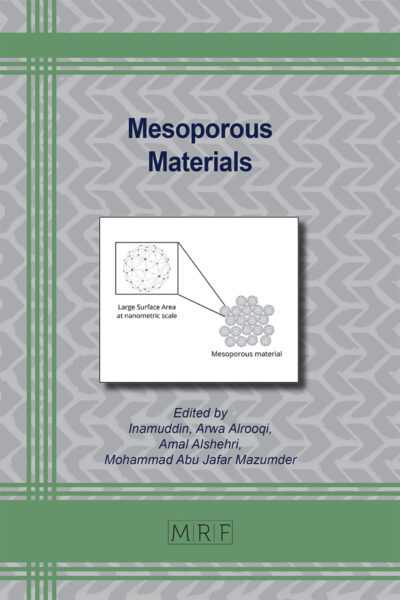Role of different pressure equalization strategies on cycle performance of dual-reflux pressure swing adsorption for biogas upgradation
MOHD HARDYIANTO Vai Bahrun, AWANG Bono, NORASIKIN Othman, MUHAMMAD ABBAS Ahmad Zaini
Abstract. Cycle sequence plays a crucial role in determining the performance of dual-reflux pressure swing adsorption (DR-PSA) process. Pressure equalization (PE) is one of the cycle modifications that is often implemented in DR-PSA, which can influence the performance of the process. In this study, numerical simulations of a 2-bed DR-PSA, with different PE strategies, were conducted in Aspen Adsorption in order to elucidate the role played by the PE step on the cycle performance. The process was designed for biogas upgradation from a binary gas mixture of a 45 mol% CO2 + 55 mol% CH4, with silica gel as solid adsorbent. The introduction of the PE step into the cycle sequence enhances the cycle performance in terms of product purity, recovery, and cycle work. The extent to which the cycle performance improves depends on the PE strategies being implemented.
Keywords
Aspen Adsorption, Biogas Upgrading, DR-PSA, Numerical Simulation, Pressure Equalization
Published online 4/25/2025, 11 pages
Copyright © 2025 by the author(s)
Published under license by Materials Research Forum LLC., Millersville PA, USA
Citation: MOHD HARDYIANTO Vai Bahrun, AWANG Bono, NORASIKIN Othman, MUHAMMAD ABBAS Ahmad Zaini, Role of different pressure equalization strategies on cycle performance of dual-reflux pressure swing adsorption for biogas upgradation, Materials Research Proceedings, Vol. 53, pp 287-297, 2025
DOI: https://doi.org/10.21741/9781644903575-28
The article was published as article 28 of the book Decarbonization Technology
![]() Content from this work may be used under the terms of the Creative Commons Attribution 3.0 license. Any further distribution of this work must maintain attribution to the author(s) and the title of the work, journal citation and DOI.
Content from this work may be used under the terms of the Creative Commons Attribution 3.0 license. Any further distribution of this work must maintain attribution to the author(s) and the title of the work, journal citation and DOI.
References
[1] A. D. Ebner and J. A. Ritter, “Equilibrium theory analysis of dual reflux PSA for separation of a binary mixture,” AIChE J., vol. 50, no. 10, pp. 2418–2429, 2004. https://doi.org/10.1002/aic.10191
[2] C. Tian, Q. Fu, Z. Ding, Z. Han, and D. Zhang, “Experiment and simulation study of a dual-reflux pressure swing adsorption process for separating N2/O2,” Sep. Purif. Technol., vol. 189, pp. 54–65, 2017. https://doi.org/10.1016/j.seppur.2017.06.041
[3] Y. Wang, Y. An, Z. Ding, Y. Shen, Z. Tang, and D. Zhang, “Integrated VPSA Processes for Air Separation Based on Dual Reflux Configuration,” Ind. Eng. Chem. Res., vol. 58, no. 16, pp. 6562–6575, 2019. https://doi.org/10.1021/acs.iecr.8b06272
[4] W. Lu, G. Xiao, R. Weh, and E. F. May, “Rejecting N2 from natural gas by dual reflux pressure swing adsorption with activated carbon,” J. Nat. Gas Sci. Eng., vol. 81, no. July, p. 103457, 2020. https://doi.org/10.1016/j.jngse.2020.103457
[5] R. Weh, G. Xiao, E. S. Pouya, and E. F. May, “Helium recovery and purification by dual reflux pressure swing adsorption,” Sep. Purif. Technol., vol. 288, no. December 2021, p. 120603, 2022. https://doi.org/10.1016/j.seppur.2022.120603
[6] G. Spoorthi, R. S. Thakur, N. Kaistha, and D. P. Rao, “Process intensification in PSA processes for upgrading synthetic landfill and lean natural gases,” Adsorption, vol. 17, no. 1, pp. 121–133, 2011. https://doi.org/10.1007/s10450-010-9302-6
[7] Y. Shen, W. Shi, D. Zhang, P. Na, and B. Fu, “The removal and capture of CO2 from biogas by vacuum pressure swing process using silica gel,” J. CO2 Util., vol. 27, no. May, pp. 259–271, 2018. https://doi.org/10.1016/j.jcou.2018.08.001.
[8] M. H. V. Bahrun, A. Bono, N. Othman, and M. A. A. Zaini, “Carbon dioxide removal from biogas through pressure swing adsorption – A review,” Chem. Eng. Res. Des., vol. 183, pp. 285–306, 2022. https://doi.org/10.1016/j.cherd.2022.05.012
[9] B. Fakhari-Kisomi, L. Erden, A. D. Ebner, and J. A. Ritter, “Equilibrium Theory Analysis of Pressure Equalization Steps in Pressure Swing Adsorption,” Ind. Eng. Chem. Res., vol. 60, no. 27, pp. 9928–9939, 2021. https://doi.org/10.1021/acs.iecr.1c01144
[10] D. Li et al., “Experiment and simulation for separating CO2/N2 by dual-reflux pressure swing adsorption process,” Chem. Eng. J., vol. 297, pp. 315–324, 2016. https://doi.org/10.1016/j.cej.2016.03.075
[11] K. Warmuzinski, “Effect of pressure equalization on power requirements in PSA systems,” Chem. Eng. Sci., vol. 57, no. 8, pp. 1475–1478, 2002. https://doi.org/10.1016/S0009-2509(02)00060-X
[12] Z. Guan et al., “Simulation and analysis of dual-reflux pressure swing adsorption using silica gel for blue coal gas initial separation,” Int. J. Hydrogen Energy, vol. 46, no. 1, pp. 683–696, 2021. https://doi.org/10.1016/j.ijhydene.2020.09.209
[13] E. F. May, Y. Zhang, T. L. H. Saleman, G. Xiao, G. K. Li, and B. R. Young, “Demonstration and optimisation of the four Dual-Reflux Pressure Swing Adsorption configurations,” Sep. Purif. Technol., vol. 177, pp. 161–175, 2017. https://doi.org/10.1016/j.seppur.2016.12.007
[14] Y. Zhang, T. L. H. Saleman, G. K. Li, G. Xiao, B. R. Young, and E. F. May, “Non-isothermal numerical simulations of dual reflux pressure swing adsorption cycles for separating N2 + CH4,” Chem. Eng. J., vol. 292, pp. 366–381, 2016. https://doi.org/10.1016/j.cej.2016.02.018
[15] Z. Kamin, M. H. V. Bahrun, and A. Bono, “A Short Review on Pressure Swing Adsorption (PSA) Technology for Nitrogen Generation from Air,” AIP Conf. Proc., 2022.
[16] F. Brandani, P. Pullumbi, and C. Monereau, “Nitrogen rejection from landfill gas using Pressure Swing Adsorption,” Adsorption, vol. 27, pp. 603–617, 2021. https://doi.org/10.1007/s10450-021-00304-0
[17] T. L. Saleman et al., “Capture of low grade methane from nitrogen gas using dual-reflux pressure swing adsorption,” Chem. Eng. J., vol. 281, pp. 739–748, 2015. https://doi.org/10.1016/j.cej.2015.07.001
[18] M. H. V. Bahrun, A. Bono, N. Othman, and M. A. Ahmad Zaini, “Parametric optimization of dual-reflux pressure swing adsorption in biogas upgrading,” (submitted).
[19] S. Jain, A. S. Moharir, P. Li, and G. Wozny, “Heuristic design of pressure swing adsorption: A preliminary study,” Sep. Purif. Technol., vol. 33, no. 1, pp. 25–43, 2003. https://doi.org/10.1016/S1383-5866(02)00208-3
[20] M. Yavary, H. A. Ebrahim, and C. Falamaki, “The effect of number of pressure equalization steps on the performance of pressure swing adsorption process,” Chem. Eng. Process. Process Intensif., vol. 87, pp. 35–44, 2015. https://doi.org/10.1016/j.cep.2014.11.003



